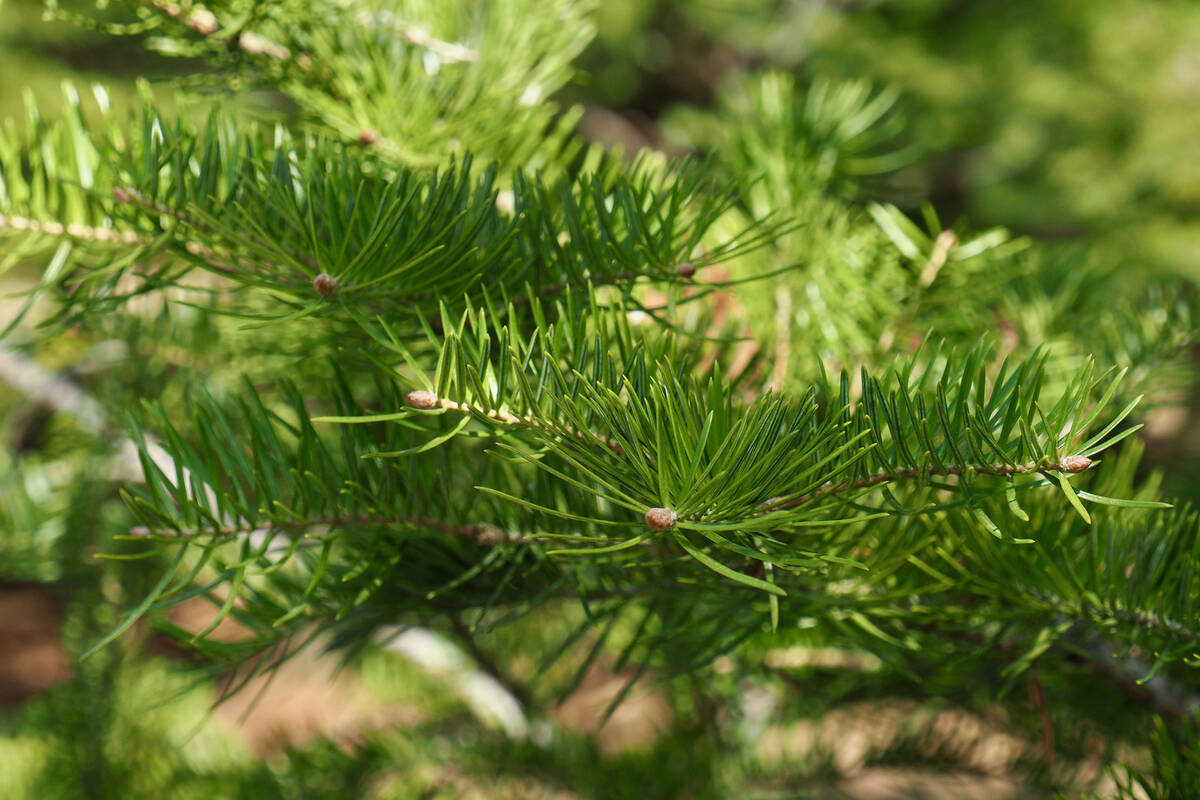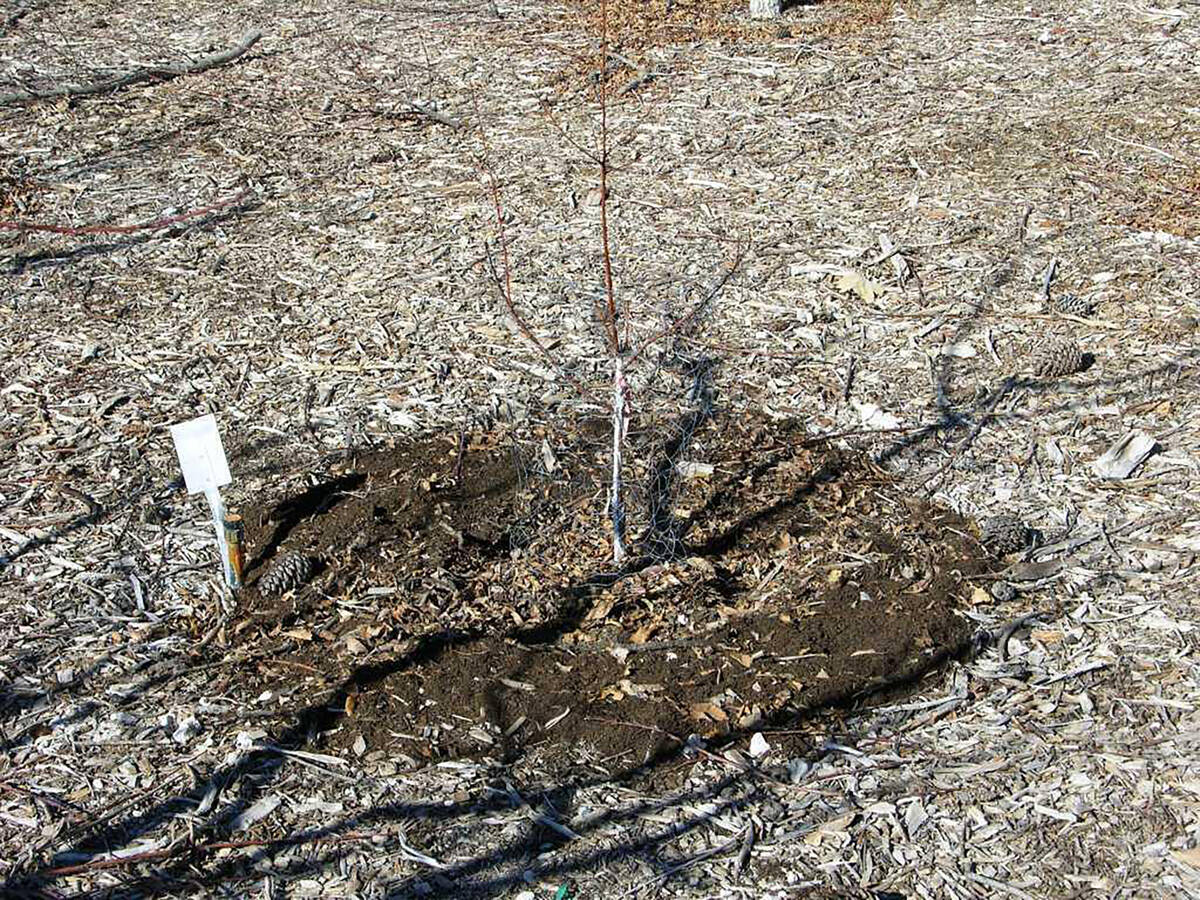What’s ailing my mature pine trees?
Q: I’m reaching out for advice about my rapidly declining pine trees. I purchased a house in Sandy Valley, a year ago. The property came with mature pine trees. Having never owned pines before, I’m unsure how to properly care for them. Locals have mentioned that pine trees don’t typically need watering because their deep taproots reach groundwater. When I did water them, I noticed yellow patches beginning to appear, so I stopped.
Unfortunately, the trees’ condition has worsened, and I suspect they may now have bark beetles — or at least something resembling them. I’m hoping it’s not too late to save the trees and would greatly appreciate any suggestions or guidance you could provide.
A: It’s true. When native pine trees are grown on their own they will develop taproots or sinker roots. As these trees get large, these roots develop for stability and to secure enough water for growth.
Who knows what is going on in the soil? Just because we plant a large tree doesn’t mean all of the roots will reach water. Roots growing in soil are not seen, obviously. If water is available, they get deep roots, mostly for stability and to capture water to sustain them. For every tree that grows, maybe 1,000 die because healthy conditions were not met. In this case, it may be due to a lack of water.
As trees get larger, they have more mass. They need more water for sustenance. Those in the know have a name for that. Trees that are the same kind have a similar need for water. Water use by plants is very complicated. Hence this expression to help simplify water use: “Large trees need more water than smaller trees” (of the same genus, species and variety).
With more trees, more water is needed. Add more seasonally adjusted irrigation. Water less often but deeper. Add more water to reach the deeper roots.
Q: I was reading your column and you mentioned adding compost. I was wondering where in Las Vegas can we get compost?
A: Unfortunately compost is not easily available. Some nurseries either claim to have compost, don’t know what compost is or don’t understand how it’s made. They will tell you they have it, a substitute or that compost can be made from their products when they don’t have any compost to sell.
The only place I know of that carries different types of compost (and ready-to-use composted soil) is Viragrow, Inc. They are near the intersection of Interstate 15 and Cheyenne Avenue in North Las Vegas. It’s a good idea to call them and find out when they are open — usually that’s Mondays through Fridays, and Saturdays until noon. Viragrow’s phone number is 702-399-3868. It is best to get there early in the morning.
Compost is made up of decayed plants and plant parts, which are then made into a soil amendment. This compost is used to change, or amend, a soil, usually for landscaping purposes (the addition of plants that normally don’t grow there). Sometimes this requires a lot of compost (one shovel full for every four, 25 percent to 30 percent, mostly for nondesert plants) and other times less (one shovelful out of 10, maybe only 10 percent, mostly for desert plants).
A certain amount of compost decomposes each year. Small amounts of compost should be added to the soil every one to two years (in the case of mesic plants surrounded by surface rock), unless wood chip (organic) mulch was used on the soil surface. Rock mulch mineralizes (decreases compost) in the soil every year.
For some plants (mostly xeric) 10 percent is OK. Xeric plants grow in the desert and are used to soil with low organics. For other plants (mostly mesic) it’s not OK and compost must be added to the soil every one to two years.
Q:. Any idea what’s attacking my mesquite trees?
A: Mesquite can be quite sappy. When most trees are damaged their natural response is to ooze sap. Oozing sap can help to heal wounds and surround and smother invading insects. However, there are sometimes problems associated with sap from trees.
Trees will sometimes ooze sap if their limbs and trunk are damaged by intense sunlight. If this sap smells badly (yeasty for instance), this could be a clue that there is a bacterial infection inside the tree called slime flux. There is really not much to do but let slime flux run its course. Normally this disease does not cause future problems but is more of a nuisance.
In the future, remove large limbs during winter months only, and sanitize whatever pruners you are using.
Do not remove so much wood from a tree that it can get sunburn; let the canopy shade the major limbs and trunk. Shading helps keep the trunk and major limbs cool and free from sunburn.
Bob Morris is a horticulture expert and professor emeritus of UNLV. Visit his blog at xtremehorticulture.blogspot.com. Send questions to Extremehort@aol.com.


















